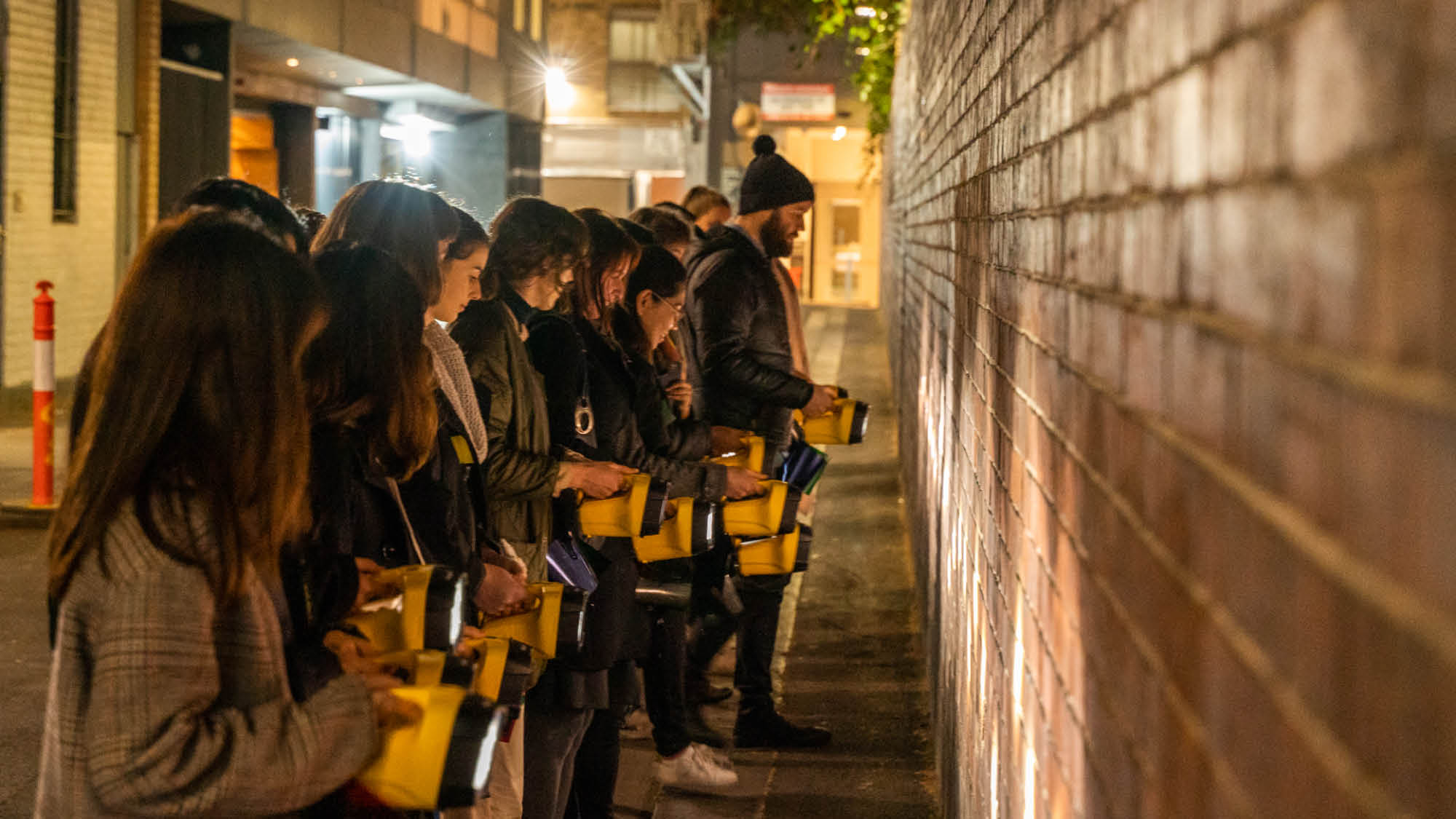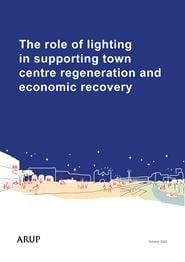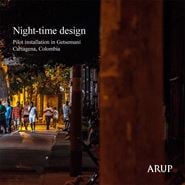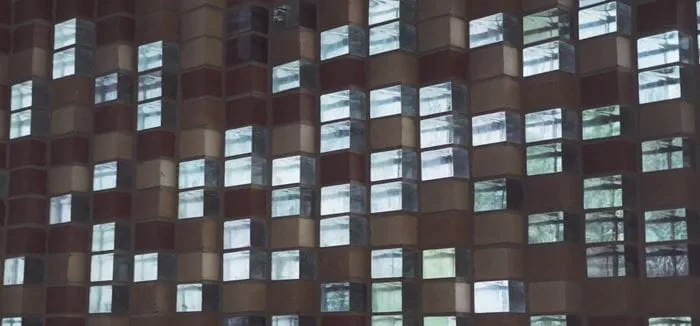There can be a dramatic difference in the way we experience our cities between day and at night. What can be a vibrant public park during the day turns into an eerie, foreboding place under the cloak of darkness. Yet, our cities are often not designed to accommodate these differences at night.
As a result, feeling unsafe when walking alone at night is a common issue for many people at night, with one in two women not feeling safe walking alone at night, according to recent studies in Australia and elsewhere.
Research has also found that night lighting is one of the most important built environment factors determining perceptions of a city’s safety. We know that people are less likely to frequent areas where they don’t feel safe, especially women. This significantly impacts people’s mobility habits and curtails their sense of freedom and agency, often compounding other economic and social constraints for disadvantaged or poorer communities. The role that light plays to create atmospheres of fear or safety in the urban environment is often an afterthought in masterplans and urban design strategies. We are determined to change that.
Identifying the issues: the night-time vulnerability assessment
Lighting our urban spaces at night urgently needs design responses that are beyond meeting minimal compliance for street lighting. Just adding brighter lights does little to change the equation, our research shows brighter lights don’t actually mean safer, and often negatively impact these spaces. Our integrated approach starts with listening to the community’s specific experiences to develop inclusive night time solutions that ensure everyone feels safe.
As specialists in the built environment, we have developed the night time vulnerability assessment (NVA) – an evidence-based methodology to measure the social, physical and atmospheric qualities that work together to affect perceptions of safety after dark.
Developed as a result of a research collaboration with Monash University’s XYX Lab, the NVA brings together criminology, risk and resilience, urban design, architecture, lighting, advanced digital data collection and analysis of existing site conditions. Our methodology identifies and recommends practical design changes to urban spaces where people are predicted to feel least safe, by assessing how people perceive safety in night time spaces at three levels – contextual, social and individual.
The assessment combines the technical components of lighting design, prospect and refuge theory, incident statistics and CPTED (crime prevention through environmental design) with human experience through digital data capture and analysis to reveal detailed user perceptions of a night time experience. The NVA is intended to sit alongside night time community engagement programmes to better inform how light and the urban environment shapes perceptions of safety, embedding evidence based technical design solutions to meet community needs.
 ;
;








